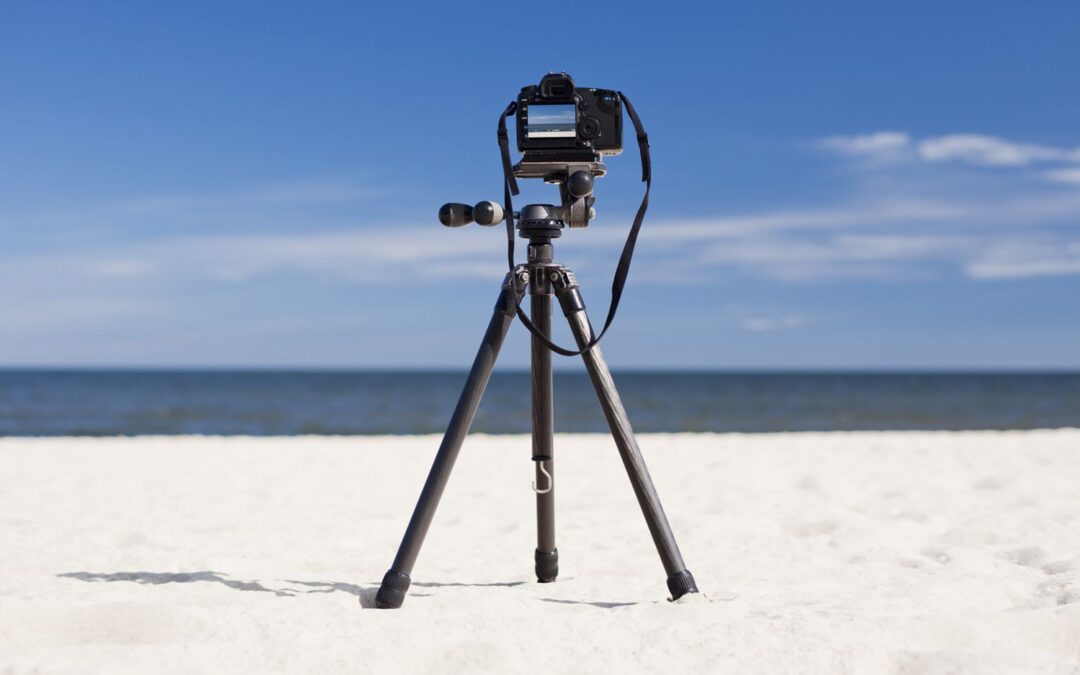
DSLR cameras and other advanced cameras shoot not only still images but also high-definition video. The HD video option has really opened up the possibilities of a digital camera. With a DSLR, a vast range of lenses create interesting effects and the resolution of modern DSLRs allows for broadcast-quality video.
File Formats
Canon DSLRs use a variation of the MOV file format, Nikon and Olympus cameras use the AVI format, and Panasonic and Sony use the AVCHD format.
All videos can be translated into different formats at the editing and output stage.
Jorg Greuel / Getty Images
Video Quality
Most of the new prosumer and top-end DSLRs record in full 4k at a rate of 24 to 30 frames per second.
Entry-level DSLRs can often only record at the lower resolution of 720p HD (a resolution of 1280×720 pixels) or 1080p. This is still twice the resolution of DVD format, though, and makes for exceptional quality.
Although a DSLR has more pixels available, only a few TVs—4k or Ultra High Definition—play a higher quality video than 1080p.
Live View
DSLRs use this function to record HD video. The camera’s mirror is raised and the viewfinder is no longer usable. Instead, the picture is streamed directly to the camera’s LCD screen.
Avoid Autofocus
Because shooting videos require the camera to be in Live View mode (as noted above), the mirror will be up and autofocus will struggle and be too slow. It is best to set the focus manually when shooting video to ensure accurate results.
Manual Mode
When shooting video, your range of options for shutter speed and aperture will obviously become narrowed.
When shooting video at 25 fps, for example, you will need to set a shutter speed of around 1/100th of a second. Any higher setting and you risk creating a flip-book effect on any moving subjects. In order to give yourself access to the full aperture range, it is best to play around with the ISO and to invest in an ND filter.
Tripods
Use a tripod when you shoot HD video, as you will be using the LCD screen to frame the video. Holding the camera at arm’s length so you can see the LCD screen will likely lead to some very shaky footage.
External Microphones
DSLRs come with a built-in microphone, but it only records a mono track. In addition, the proximity of the microphone to the photographer versus the subject usually means that it will record your breathing and any touch of the camera.
It is far better to invest in an external microphone, which you can get as close to the action as possible. Most DSLRs provide a stereo microphone socket for this purpose.
Lenses
Take advantage of the vast range of lenses available to DSLR bodies and use them to create different effects in your video work.
Conventional camcorders often have built-in telephoto lenses, but they usually lack decent wide-angle capabilities. You can make use of different types of lenses, such as a fisheye (or super wide-angle), to cover a huge area. Or leverage the narrow depth of field offered by even a cheap 50mm f/1.8 lens.
Thanks for letting us know!
Tell us why!


Recent Comments